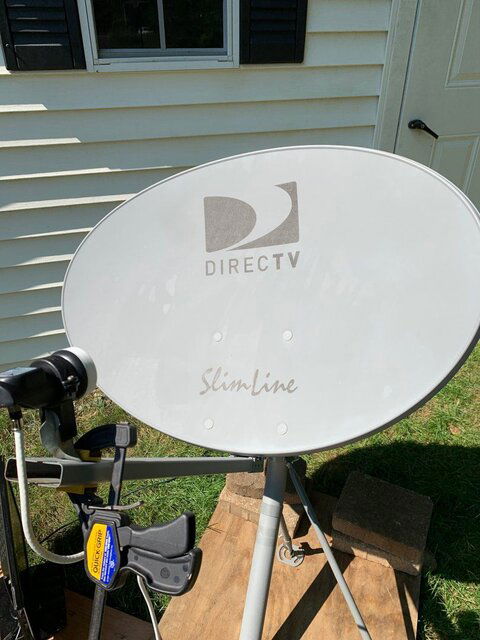I have been trying to get signal for a while now from Galaxy 19. I bought a lnb bracket and clamped it to the lnb arm and have it in the same place as the old lnb. Its a universal lnb and have the settings set to 9750/10600 in my Amiko hd265 receiver. Mast is plumb, any suggestions? My zip is 06484. Am I better off getting a 90 cm dish as a starter?
Sent from my iPhone using SatelliteGuys
Sent from my iPhone using SatelliteGuys



![20200722_132912[1].jpg 20200722_132912[1].jpg](https://cdn.satelliteguys.us/xen/data/attachments/127/127414-2c00291d6d8bd4380e20a7baeba6e58a.jpg?hash=LAApHW2L1D)
![20200722_132710[1].jpg 20200722_132710[1].jpg](https://cdn.satelliteguys.us/xen/data/attachments/127/127415-d803cec72f4c9d545553b8cde0b294e2.jpg?hash=2APOxy9MnV)